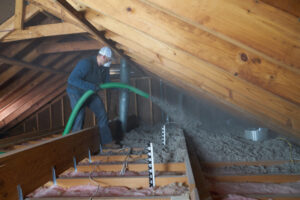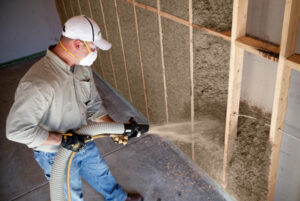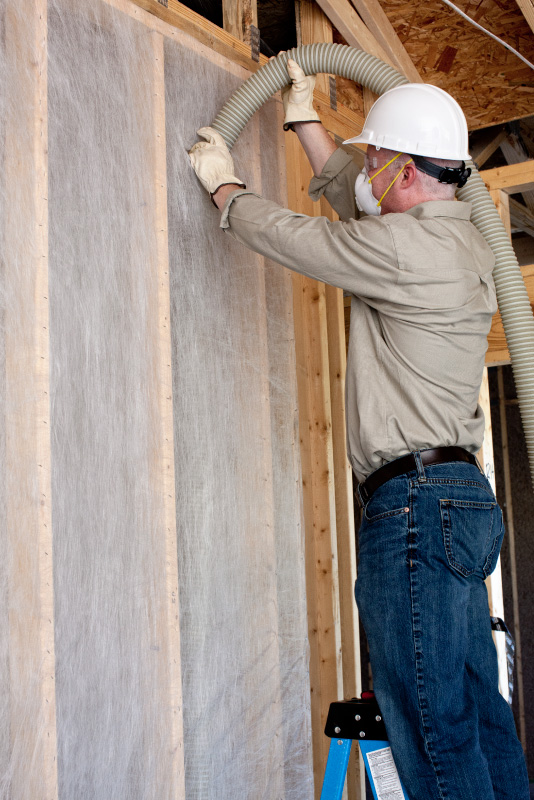More to Know About Cellulose Insulation
You may have heard about the growing popularity of cellulose insulation and its many energy saving benefits such as reducing your carbon footprint, lowering your heating and cooling costs, and providing quality sound control. Here are a few more things to know about this effective insulation choice:
- It has a Class 1 flame spread rating and contains active fire-resistance materials to provide durable and excellent fire resistance.
- It is resistant to mold growth and works to dissipate moisture for moisture management.
- It does not contain asbestos or formaldehyde.
- It is ideal for insulating older homes and adding R-value and filling gaps over existing insulation.
- It is safe to touch and won’t irritate unprotected skin.
- It won’t settle in sidewalls but will settle in attics until it reaches a stable density, similar to other blown insulation. All thermal performance testing is done at the settled thickness.
Learn More About Eco-Friendly Insulation
Homeowners in the Southwest looking for an eco-friendly, energy efficient insulation option made from recycled materials will enjoy the benefits of cellulose insulation. Serving residential and commercial customers in Chandler, Flagstaff, Kingman, Lake Havasu City, Prescott Valley, Cornville, Snowflake, and Tucson, AZ, as well as Albuquerque, NM, we are committed to offering exceptional services by professionals you can trust. Contact us for an estimate for cellulose insulation installation today.



 Damp spray cellulose insulation is primarily used in newly constructed buildings and is added to walls before drywall is applied. Water and an adhesive are applied to the cellulose fibers as they are sprayed into the wall cavities. The moisture allows the cellulose to adhere better to the open spaces. Once the insulation has dried, usually within 1-2 days, the wall cavities are closed and finished.
Damp spray cellulose insulation is primarily used in newly constructed buildings and is added to walls before drywall is applied. Water and an adhesive are applied to the cellulose fibers as they are sprayed into the wall cavities. The moisture allows the cellulose to adhere better to the open spaces. Once the insulation has dried, usually within 1-2 days, the wall cavities are closed and finished.